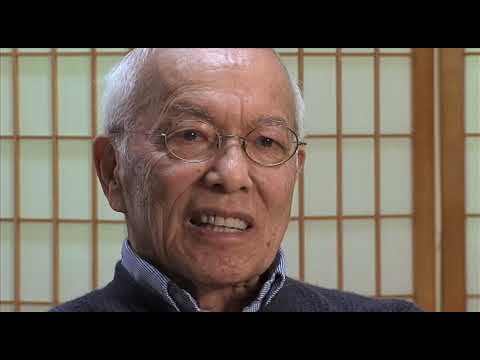Video Interview — June, 2008
Memorial on Bainbridge Island – Sada Omoto (OH0095)
Transcript
What kind of lessons have we taught our youngsters? In this, in this time have they learned anything? Have we learned anything? I’d like to think the bottom line is we have to respect one another. My only experience is that the things that I went through is no different than what lot of other people have gone through. How we ended up is a different story. Some of us ended up in whatever shape or form. Some of us took advantage of it, some of us maybe didn’t. If we could teach all our kids, both Japanese and as we say non–Japanese, that you have to respect the other person. Respect them for their views, their politics. Whatever it is, give them the right to that kind of positive thinking.
I think the memorial should be an emotional experience. It ought to really, as an art form, cause one to think about what happened. Not the question of how many were on the boat or not on the boat or how many were… not that kind of statistical analysis. But more than that, as you approach it, does it create in you a different sense of being?
You and I think everyone else connected to it would want to make it demand attention. Saying, “I’m here, this is what happened, now get with it.” It can’t be too peaceful so that it begins to lose its intent. It should be good enough for today. It should be enough the day after tomorrow. The same experience ought to be in the minds of those who see it.
This will be a meaningful monument to everyone. It just happens to be based on the Japanese. It’s only incidental. It could happen to anyone. I think the important thing is that we at least respect… and I just — at least for me that’s kind of the key word — respect on another and make it meaningful.





